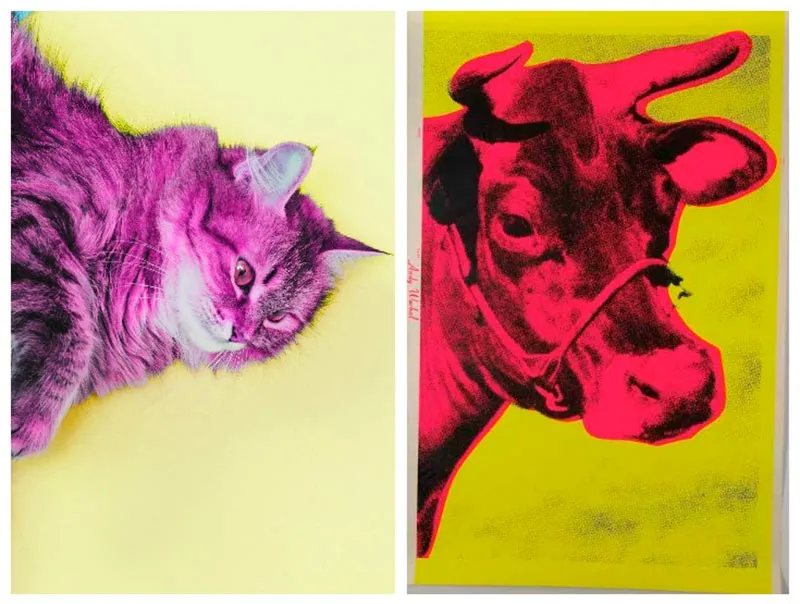It’s Time to Un-Stock Your Photographs and Improve Your Portfolio
The Internet is becoming increasingly visual. Stock photography comes in handy when clients are looking for images to compliment their content. One of the troubles with stock images is that often times they don’t accurately depict real life situations. If you reflect on this point, think about all the typical hand shaking, smiling and posing images you come across. Although these images may appeal to some, the bottom line is that they are not relatable.
To un-stock your photographs means to alter elements of your images in a way that will make the final outcome appealing and relatable to the audience. It’s time to move forward from the conventional images to ones that are more sophisticated, unique and carry a positive emotional message. In return, you are guaranteed to increase your sales by adding variety and diversity to your portfolio of work.
1. Office
Offices are no longer individual cubicle spaces. Modern offices are evolving and moving towards a more relaxed environment. Instead of showing clean, well lit photographs, photograph under natural lighting in real office spaces.

2. Work
The easiest way to depict a modern working man or woman is to show them seated at a computer. It’s important to show more authentic images that tell as story rather than illustrate the typical actions of people at work.
In our example, you relate better to the image of people working together instead of smiling at the camera. This adds a more personal and relatable touch to the image.

3. Business
When people mean business, they don’t always shake hands. Think of creative ways to portray working people. Showing people in the process of work is much more relatable than seeing people shaking hands.

4. Meetings
There are only so many ways one can illustrate a meeting. Sometimes a few tweaks in composition can make all the difference.

5. Leadership
A typical image of leadership would be one individual that stands out in the crowd in their business attire. This portrayal doesn’t translate much about what it means to be a leader. Leaders are charismatic, confident and authoritative. It’s best to represent leaders in action so that the audience can easily identify them themselves.

6. Entrepreneurship
Entrepreneurship is commonly portrayed as a lone businessman doing tasks. Entrepreneurship is a broad concept that isn’t just about starting a business but rather about a lifestyle.
In our example, a woman is portrayed in context to her work environment which is a better representation of entrepreneurship than a man in a suit.

7. Productivity
Productivity means using your time efficiently and getting your tasks done. In our example, the woman is portrayed at an orderly desk, devoted to her tasks. The soft tones of the image make it much more welcoming and as the audience, we know she’s working. This is much better than showing a literal representation of doing a million things at once.

8. Technology
Technology is slightly more complicated to photograph since technology is more about our interaction with it. The less successful stock photographs of technology show a futuristic portrayal that doesn’t seem fitting with the theme.
In our example, natural lighting makes the photograph more aesthetically pleasing and it also portrays how we interact with technology on a daily basis.

9. Travel
The ingredients to a typical travel photograph are a person, a plane, a beach or sometimes a famous landmark. Travel photographs that depict famous landmarks don’t embody the same sense of excitement that you get when you travel.
As an alternative, show people taking trips. The experience of traveling by car, for example, is much more relatable and better represents the notion of travel.

10. Positive vibes
Clients want to portray their business in a positive way using photographs of happy individuals. Try to think of other ways to portray happiness that doesn’t involve smiling directly into the camera.
Use natural lighting to your advantage. In this example, the lighting does most of the work in portraying joy and happiness.

Looking for stock photographs requires clients to search for specific keywords. In this process, they try different synonyms for common words and phrases. Keep this in mind and shoot versatile compositions. Place yourself in the shoes of the client and brainstorm on all the possible keywords that can go along with your images. Think of the ways in which you can describe subjects and events using unconventional keywords and phrases.
Often times, the problem with photography that looks ‘stocky’ is that there is a lack of thought about the final outcome of the image and where it will be used. Be mindful of where your photographs would potentially be featured and avoid direct interpretations of themes that are too obvious.
You may have noticed that there is a pattern with successful images and that sometimes the lighting and an unusual composition can make all the difference. Keep these things in mind to deliver visuals that resonate with your clients and their audiences.








